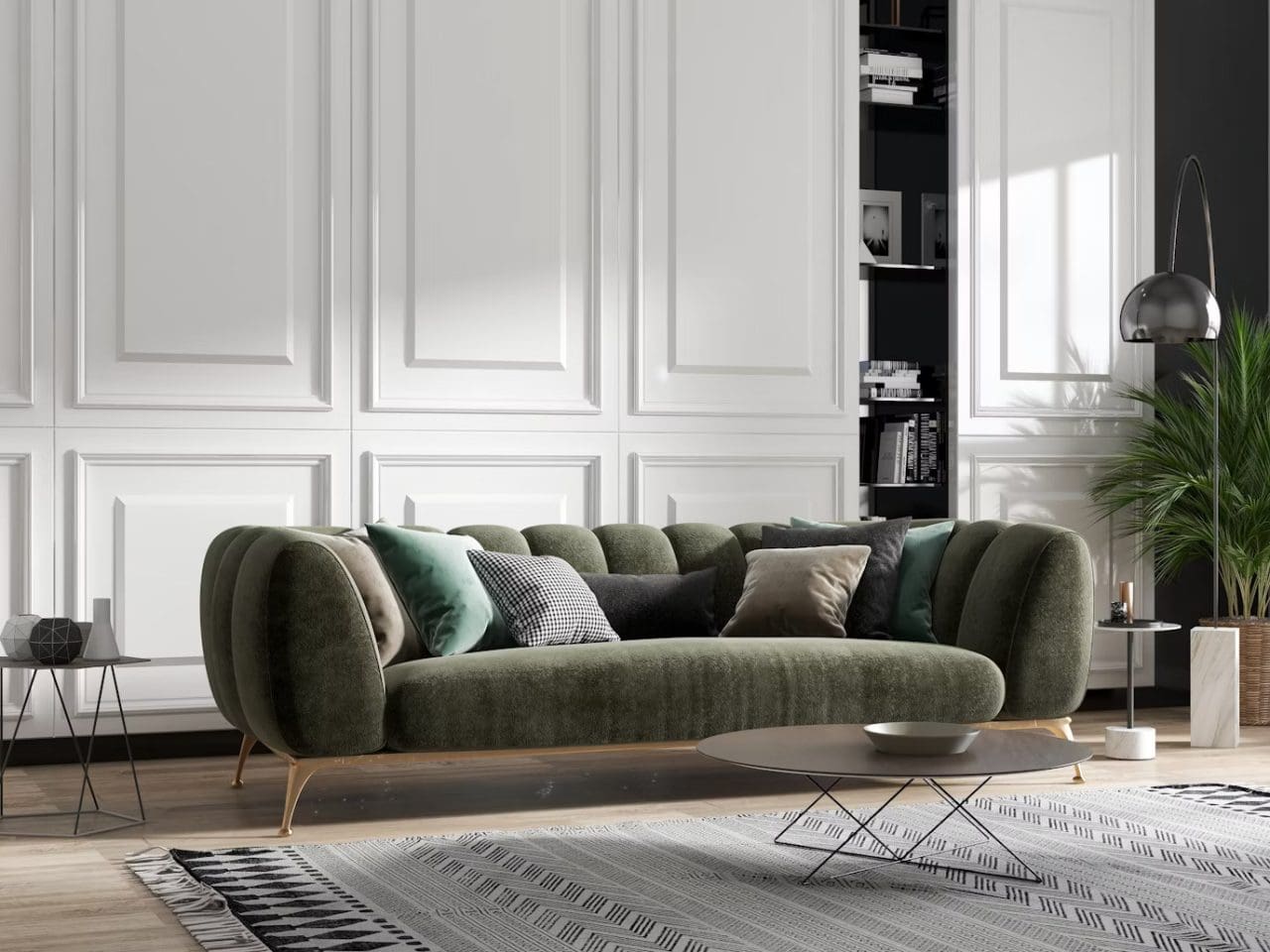Consider neutral, sophisticated color palettes, tailored silhouettes, and pieces that simply whisper elegance rather than scream for attention. It’s about how something feels, how it fits, and how long it lasts, not how loudly it brands itself. In a world that moves fast and where overstimulation is a daily experience, quiet luxury has become the ultimate status symbol — a show of confidence, discernment, and an appreciation for longevity over flashes in the pan. Without further ado, then, here’s precisely where true luxury lies today: not in what screams for recognition but in what only a few sets of eyes, with the perception to appreciate it, can discern.
How Quiet Luxury Transforms a Luxury Home Interior
Quiet luxury nudges the home design pendulum from pure opulence to considered intent. Rather than cluttering spaces with something for every occasion, it focuses on fewer but more thoughtfully curated pieces, each one reflecting the quality of construction and enduring appeal. It’s all about comfort, craftsmanship, and personal expression, making for homes that are elevated yet intimate. Examples of quiet luxury at home:- * A cashmere throw tossed over a bespoke, heirloom-quality sofa (both touchable and timeless).
- * Travertine stone tables provide organic texture and authenticity in place of flashy, glossy plastics.
- * Discreet smart tech for an element of innovation among understated design.
Elements of Quiet Luxury Interior Design
Consideration guides the creation of understated luxury, selecting each material, color, and detail with care rather than abundance. It’s creating a room that’s richly layered yet effortlessly understated. Here’s how it comes to life:1. Material Matters
Natural stones such as travertine and marble, rich walnut and oak woods, pure linens, soft cashmere throws, buttery leathers, and handwoven rugs come first. These materials grow burnished and more beautiful with age, accruing authenticity and quiet prestige.2. Curated Color Palettes
Soft neutrals, muted earth tones, and beautiful monochromes are showcased in hushed luxury interiors. These palettes develop serene, elegant rooms where nothing cries out for attention and everything looks beautifully considered.3. Artisanal and Bespoke Pieces
Handcrafted furniture, one-of-a-kind ceramics, and tailored upholstery tell a story of artistry and individuality. Investing in bespoke items brings character and soul to a home, moving away from mass production.4. Layered Textures Over Loud Patterns
Instead of loud patterns, quiet luxury is about the lightest touch of layering: velvet cushions, bouclé armchairs, and brushed metal trims. Textures are layered cautiously, providing visual depth without overwhelming the senses.5. Lighting that Sets a Mood, Not a Stage
Warm, ambient light from concealed places — or sculptural fixtures that act as artworks — guarantees that the space glows rather than glares. It is all about mood, not the spotlight.Why Homeowners are Embracing Quiet Luxury
Emotional need for sanctuary and authenticity
In a world driven more and more by fast-moving fashion and disposable trends, homeowners want spaces that are credible, sincere, and really personal. Quiet luxury provides a haven — a home that nurtures, not bombards.Desire for longevity
Rather than chasing seasonal fads, today’s homeowners are investing in pieces built to last decades. Heirloom-quality furnishings and timeless design choices speak to a preference for durability and lasting value over quick turnover.An evolved understanding of wealth
Wealth is now valued less in ostentatious displays and more in knowledge, taste, and stability. Polite luxury interiors also hint at a profound self-assuredness: a conviction that beauty, comfort, and fine craftsmanship don’t require a blaring proclamation.How to Incorporate Quiet Luxury into Your Own Home
Transitioning to quiet luxury starts with intentional choices:- * Declutter flashy, logo-centric pieces Remove anything that feels loud or overly branded, creating space for more thoughtful elements.
- * Invest in one standout quality piece at a time Focus on building your space slowly with heirloom-worthy furniture or accents that elevate the overall feel.
- * Embrace craftsmanship Choose bespoke carpentry, custom-made textiles, and hand-finished details that add depth and authenticity.
- * Prioritize tactile experiences Think soft cashmere throws, textured linens, and warm wood finishes — elements that invite touch and create lasting comfort.

 Not all
Not all 